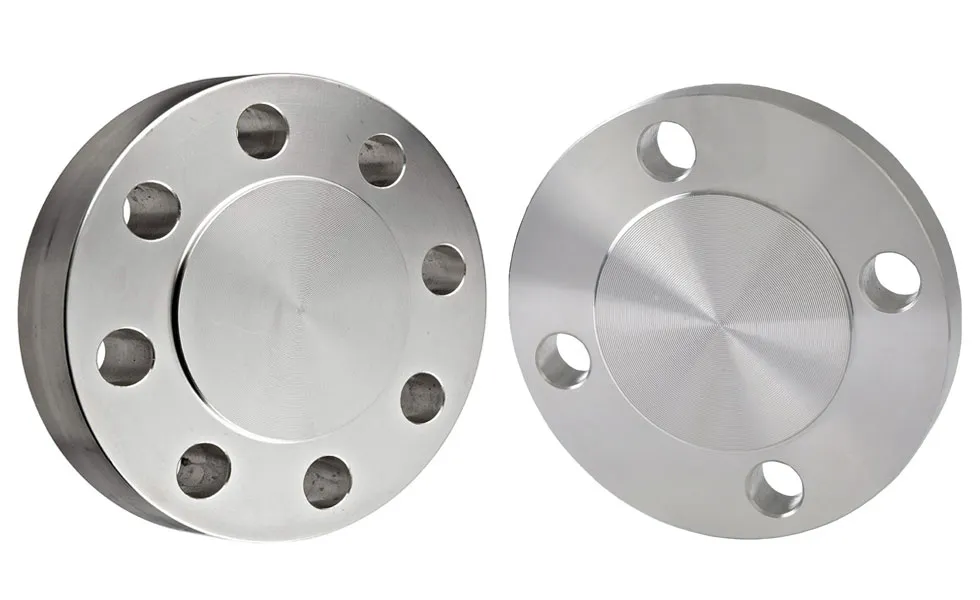-
Cangzhou Yulong Steel Co., Ltd.
-
Phone:
+86 13303177267 -
Email:
admin@ylsteelfittings.com
- English
- Arabic
- Italian
- Spanish
- Portuguese
- German
- kazakh
- Persian
- Greek
- French
- Russian
- Polish
- Thai
- Indonesian
- Vietnamese
- Zulu
- Korean
- Uzbek
- Hindi
- Serbian
- Malay
- Ukrainian
- Gujarati
- Haitian Creole
- hausa
- hawaiian
- Hebrew
- Miao
- Hungarian
- Icelandic
- igbo
- irish
- Japanese
- Javanese
- Kannada
- Khmer
- Rwandese
- Afrikaans
- Albanian
- Amharic
- Armenian
- Azerbaijani
- Basque
- Belarusian
- Bengali
- Bosnian
- Bulgarian
- Catalan
- Cebuano
- China
- China (Taiwan)
- Corsican
- Croatian
- Czech
- Danish
- Esperanto
- Estonian
- Finnish
- Frisian
- Galician
- Georgian
- Kurdish
- Kyrgyz
- Lao
- Latin
- Latvian
- Lithuanian
- Luxembourgish
- Macedonian
- Malgashi
- Malayalam
- Maltese
- Maori
- Marathi
- Mongolian
- Myanmar
- Nepali
- Norwegian
- Norwegian
- Occitan
- Pashto
- Dutch
- Punjabi
- Romanian
- Samoan
- Scottish Gaelic
- Sesotho
- Shona
- Sindhi
- Sinhala
- Slovak
- Slovenian
- Somali
- Sundanese
- Swahili
- Swedish
- Tagalog
- Tajik
- Tamil
- Tatar
- Telugu
- Turkish
- Turkmen
- Urdu
- Uighur
- Welsh
- Bantu
- Yiddish
- Yoruba

Nov . 12, 2024 01:11 Back to list
pipe fitting and welding
Understanding Pipe Fitting and Welding A Comprehensive Overview
Pipe fitting and welding are two critical processes in various industries, including construction, oil and gas, water treatment, and manufacturing. Both play a fundamental role in ensuring the integrity and functionality of piping systems that transport fluids and gases. This article aims to explore the key aspects of pipe fitting and welding, their importance, methods, and the skills required in these fields.
What is Pipe Fitting?
Pipe fitting involves the assembly and installation of pipes, fittings, and valves to create a system that transports fluids. It requires precise measurement and cutting of pipes, along with the proper selection of fittings to ensure compatibility and leak-proof joints. Pipe fitters must have a thorough understanding of various types of pipes, including PVC, copper, steel, and others, as well as the applications for which each type is best suited.
A significant part of a pipe fitter's job is to interpret blueprints and technical drawings. This skill is essential for planning the layout of the piping system, including determining the appropriate length and direction of the pipes and fittings. Pipe fitters often use tools such as pipe wrenches, cutting machines, and threading machines to complete their tasks.
The Importance of Pipe Fitting
Proper pipe fitting is essential for several reasons
2. Efficiency Well-fitted pipes ensure optimal flow rates, reducing energy costs and improving the overall efficiency of the system.
pipe fitting and welding

3. Compliance Many industries are bound by regulations that require adherence to specific piping standards. Proper pipe fitting helps ensure compliance with these regulations, avoiding costly penalties.
Welding in Pipe Systems
Welding is the process of joining two materials together by melting them and allowing them to cool to form a solid bond. In pipe fitting, welding is often used to create strong, permanent connections between pipes and fittings. Various welding techniques may be employed, including arc welding, MIG (Metal Inert Gas) welding, and TIG (Tungsten Inert Gas) welding, each with its own specific applications and benefits.
Welding requires a high degree of skill and precision. Welders must have a thorough understanding of metallurgy, as different materials require different welding techniques and settings. Moreover, welders often need to be certified to ensure they meet industry standards for quality and safety.
The Synergy Between Pipe Fitting and Welding
Pipe fitting and welding are closely linked processes. A pipe fitter may prepare the layout of the piping system, while a welder ensures the integrity of the joints. Collaboration between these professionals is crucial for the successful installation and maintenance of piping systems. Their combined efforts contribute to the overall structural integrity and functionality of the system, ultimately affecting its performance and safety.
Conclusion
In conclusion, pipe fitting and welding are indispensable in the construction and maintenance of various piping systems. Their roles, while distinct, are interconnected and require a blend of technical skills, knowledge, and precision. As industries continue to evolve, the demand for skilled professionals in these fields will remain high. Proper training and certification are essential for those pursuing careers in pipe fitting and welding, ensuring that they can meet the challenges of modern industry needs while maintaining the highest safety and quality standards.
Latest news
-
ANSI 150P SS304 SO FLANGE
NewsFeb.14,2025
-
ASTM A333GR6 STEEL PIPE
NewsJan.20,2025
-
ANSI B16.5 WELDING NECK FLANGE
NewsJan.15,2026
-
ANSI B16.5 SLIP-ON FLANGE
NewsApr.19,2024
-
SABS 1123 FLANGE
NewsJan.15,2025
-
DIN86044 PLATE FLANGE
NewsApr.19,2024
-
DIN2527 BLIND FLANGE
NewsApr.12,2024
-
JIS B2311 Butt-Welding Fittings LR/SR 45°/90° /180°Seamless/Weld
NewsApr.23,2024











